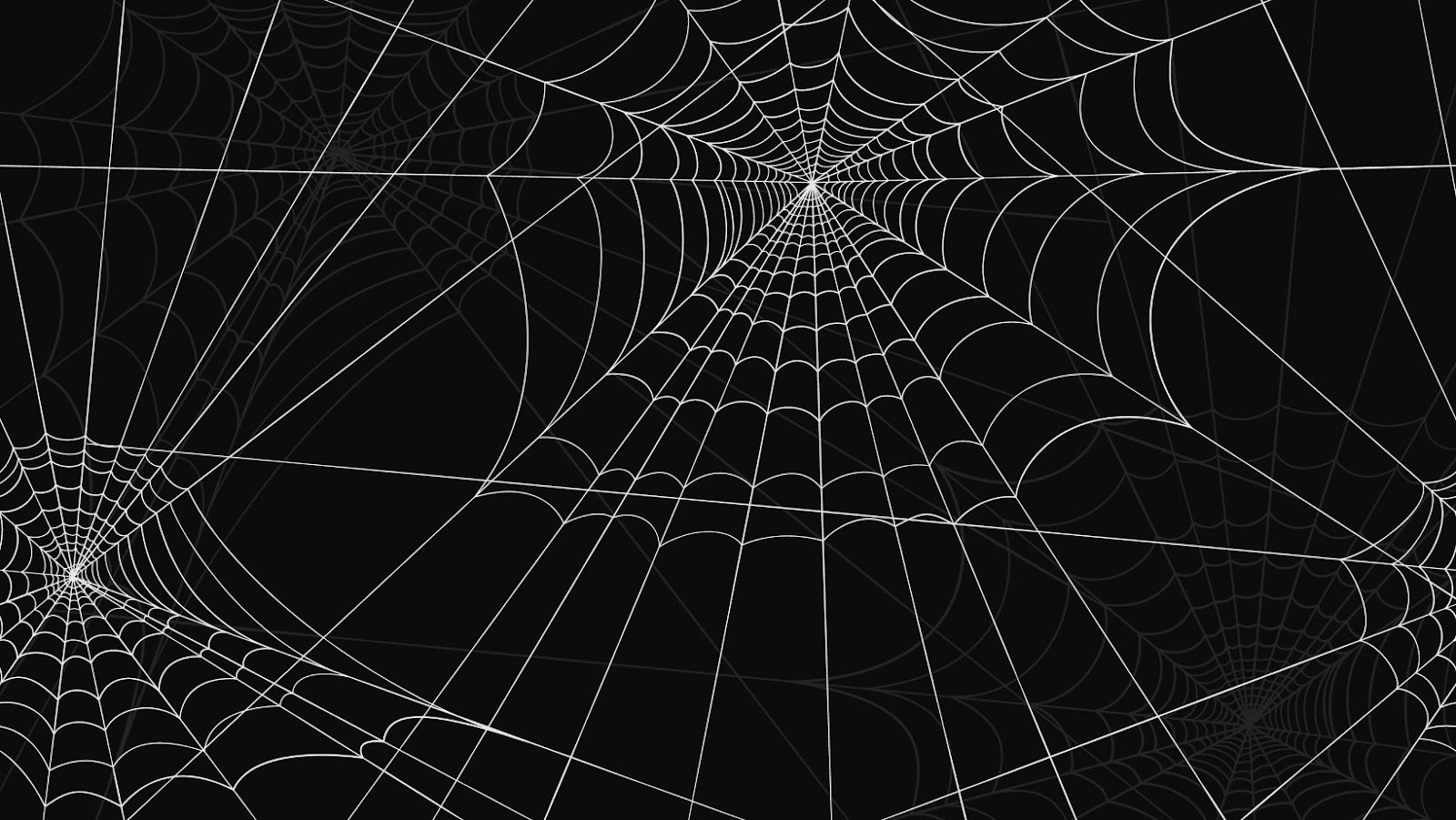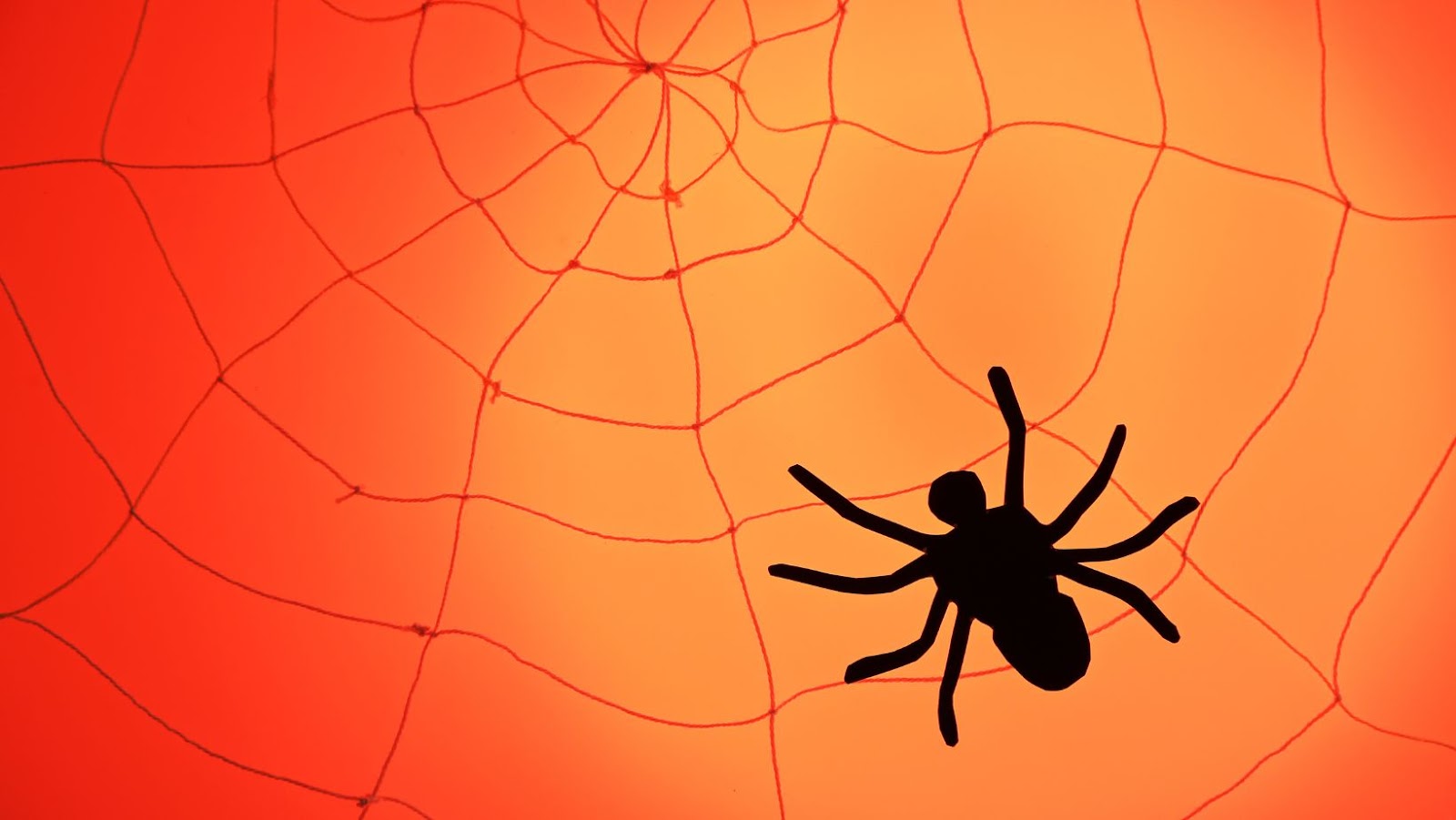 Spider Web Taper Design
Spider Web Taper Design
Spider web taper design represents an intricate pairing of biology and engineering. Radiating threads, usually tapering from the center, showcase the spider’s impressive precision. Diversity in taper designs results from the different spider species, each presenting a unique web structure.
Tapering in spider webs primarily enhances structural robustness. This sophisticated design accommodates two crucial factors – flexibility and strength. The larger strands anchor the web, providing needed strength, whereas the thinner, tapering strands grant the web flexibility. These thinner strands can easily sway, repositioning without breaking under breezy conditions, for example. The tapering design thus perfectly balances between rigidity and suppleness while minimizing material usage.
The design of spider webs, particularly the taper concept, extends beyond biology, inspiring bio-engineering applications. Storm-resistant structures, resilient power line design, and creating flexible yet potent materials are areas where insights from spider webs apply. By mimicking spider web taper design, engineers enhance the durability and adaptability of structures, mirroring the resilience of these natural marvels.
Different spider species exhibit different web taper designs. For instance, the Garden Spider spins a distinctive orb web with radially tapering threads. Conversely, the Funnel-Web spider creates a funnel-shaped structure, with tapering evident toward the mouth of the funnel. Varieties in taper design among spider species underscore the functional versatility of these organic blueprints.
This section highlighted the purpose, science, and implications of spider web taper design. Further, the differentiation in taper designs across spider species was explored. As bio-engineering learns from these organic marvels, one appreciates the depth of precision in what might initially appear mere insect creation.
 Insight into the Structure of Spider Webs
Insight into the Structure of Spider Webs
Providing a deeper dive into spider web structures, let’s explore how these magnificent natural blueprints are carefully crafted and the underlying geometry that defines their form.
Spider webs, masterpieces of natural engineering, are built with finesse and complex techniques. Every strand weaved is a result of strategic maneuvering by the spider. Initially, the spider generates a bridge line between two points. Following this, it strengthens the line using several parallel draglines. Thereafter, a series of radial lines are created, stemming out from a central hub – a construction technique known as radiate. Furthermore, it’s noticed that spiders build the web in a spiraling pattern, starting from the exterior and moving inwards. This intricate yet strategic creation process endows the spider web with mechanical robustness as it encapsulates an ideal balance between strength and flexibility.
The geometry of spider webs, on examination, emerges as a fascinating study of mathematics in nature. Characterized by circular spirals and radial lines, the web shows a perfect blend of function and form. Each circle of the spiral maintains an equidistant relationship with the next, a formation that aids in efficient prey capture. Interestingly, the precise geometry isn’t solely inherent in the spider’s genetics but is often adjusted based on external factors such as prey size and environmental conditions. Additionally, the webs display logarithmic spiral geometry, a formation known for its wide presence in nature due to its growth-friendly properties. To conclude, the combination of radial symmetry and logarithmic spirals in spider web geometry highlights the spider’s capability to create structures with an optimal design for survival.
 Assessing the Efficacy of Spider Web Taper Design
Assessing the Efficacy of Spider Web Taper Design
Spider web taper design provides an intriguing subject for strength and durability analysis. It plays a key role in the inherent strength of these marvelous natural structures. Spiders adjust the thickness of their web’s threads to optimize for tensile strength. For example, the golden silk orb-weaver spider spins an incredibly strong, dense web that can even catch small birds. Research suggests this impressive strength derives from the spider’s unique ability to variably taper its silk threads. Variations in thickness add more density to high-stress areas, enhancing overall durability.
Investigation into the flexibility and adaptability of spider web taper designs reveals significant findings. The tapered design of spider webs doesn’t just contribute to strength but also allows for remarkable flexibility. Spiders adjust their web’s design based on prevailing environmental conditions, showing a high level of adaptability. A perfect example of this adaptability is how orb-weaving spiders, when faced with windy conditions, construct their web in a more open design that allows wind to pass through it easily, thereby preventing damage. This example elucidates spider webs’ unique combination of strength, flexibility, and adaptability based on a tapered design.